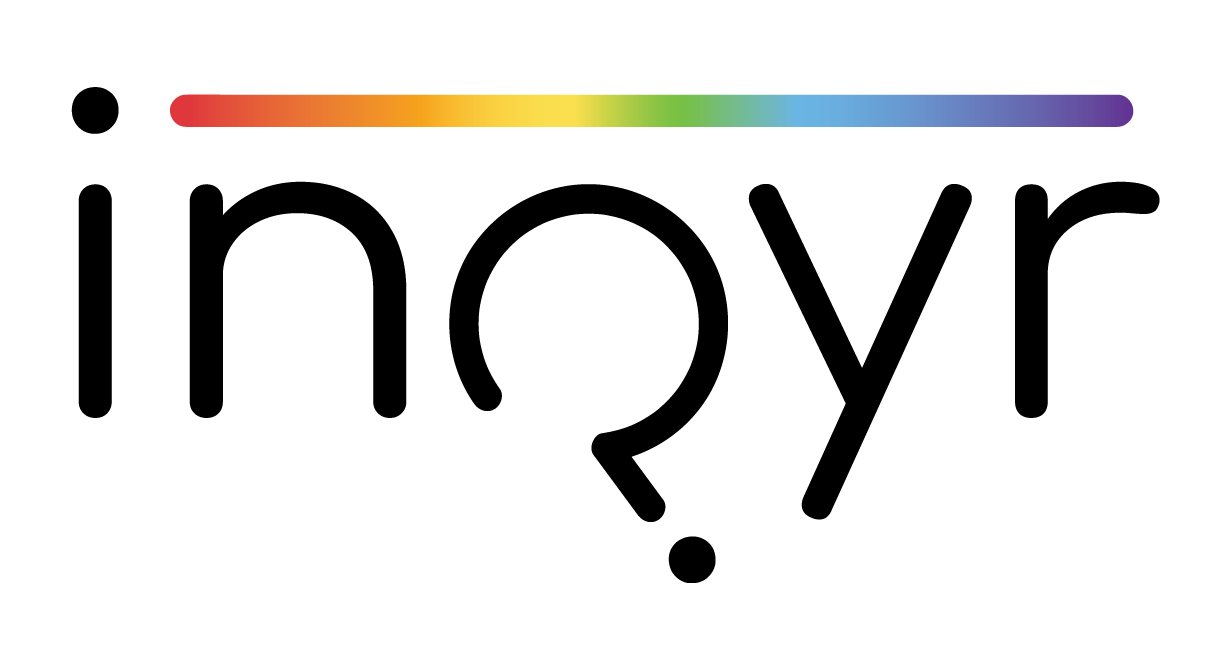Influence of information and communication technologies on the resilience and coping of sexual and gender minority youth in the United States and Canada (Project #Queery): Mixed methods survey
Craig, S. L., McInroy, L., D’Souza, S., Austin, A., Eaton, A., McCready, L., & Shade, L. (2017). Influence of information and communication technologies on the resilience and coping of sexual and gender minority youth in the United States and Canada (Project #Queery): Mixed methods survey. JMIR Research Protocols, 6(9), e189. https://doi.org/10.2196/resprot.8397
Highlights
Background
Sexual and gender minority youth (SGMY) are a population in peril, exemplified by their disproportionate risk of negative experiences and outcomes.
SGMY may be particularly active users of information and communication technologies (ICTs), and it is important to identify the potential contributions of ICTs to their resilience and well-being.
Study Description
Study Aims
(1) Investigate the use of ICTs by SGMY,
(2) Identify the ways that ICTs influence the resilience and coping of SGMY, focusing on promotion of well-being through self-guided support-seeking,
(3) Develop a contextually relevant theoretical conceptualization of resilience incorporating minority stress and ecological approaches,
(4) Generate best practices and materials that are accessible to multiple interested groups,
(5) Identify whether video narratives are a viable alternative to collect qualitative responses in Web-based surveys for youth
Methods
We collected mixed methods, cross-sectional data (N = 6309) via a Web-based survey from across the United States and Canada from March–July 2016
Participants were self-identified English-speaking SGMY aged 14–29
The survey probed (1) ICT usage, (2) health and mental health, (3) coping and resilience, (4) SGMY identities and engagement, (5) fandom communities, (6) nonessential demographics, and (7) an optional video submission
The option of a 3-5 minute video submission represents a new research innovation in Web-based survey research.
Key findings
Results (In Progress)
Data collection is complete and analyses are ongoing; proposed analyses include: (1) structural equation modeling of quantitative data, (2) grounded theory analysis of qualitative data, and (3) an integrative, mixed methods analysis using a data transformation design
Theoretical and methodological triangulation of analyses integrates an interwoven pattern of results into a comprehensive picture of a phenomenon

